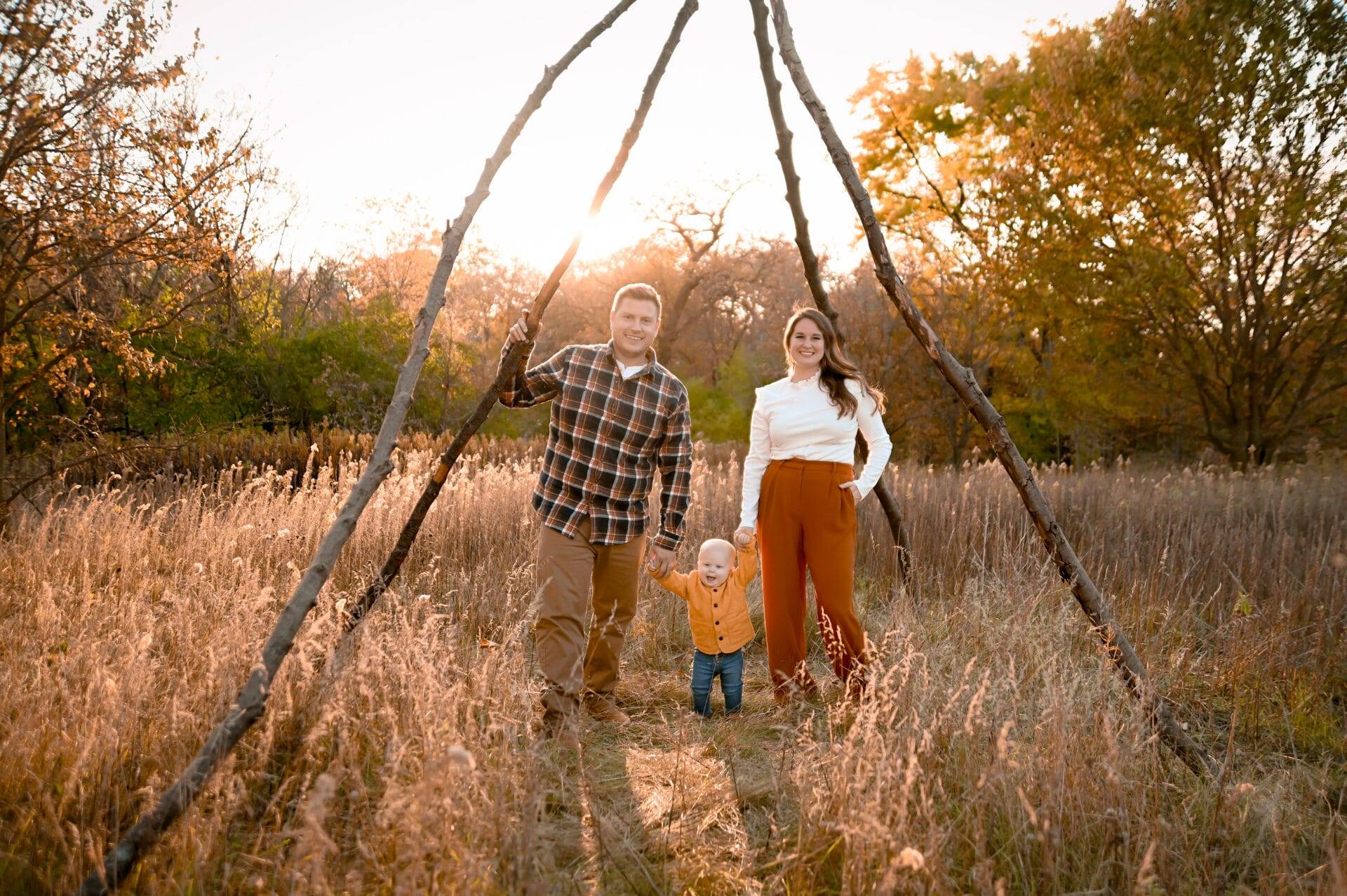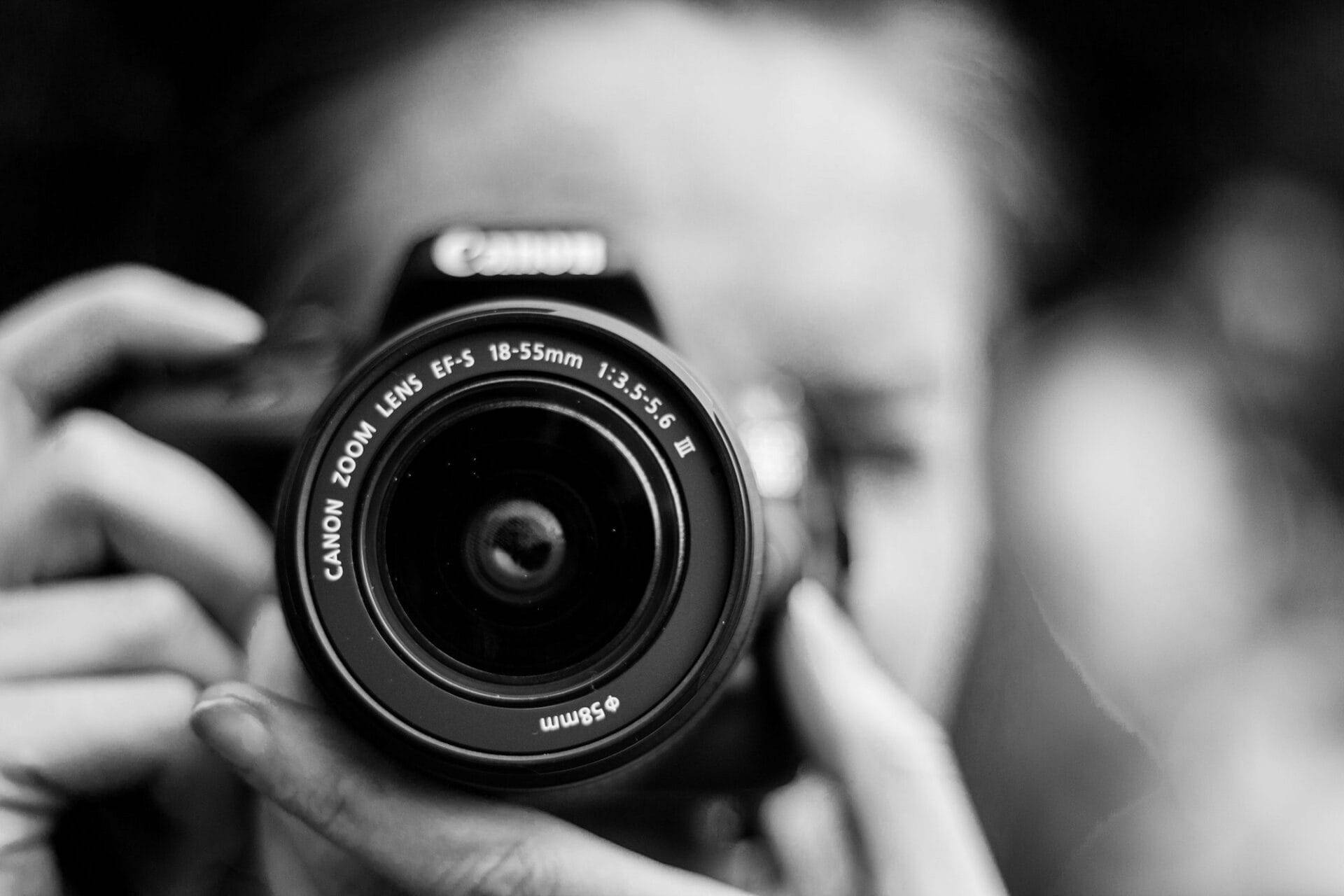A picture they say is worth a thousand words but what tells the real story behind each picture is the range of emotions depicted in them. Photography, one of the most appreciated forms of visual art, like other kind of art is not just about the aesthetics, it’s about telling a story. This is particularly true when people are photographed as subjects. Now, it’s no secret that capturing emotions and feelings in a photograph is critical when creating compelling images that resonate with your audience on a personal level. However, because of the concept of a photo session or shoot, a lot of these ‘subjects’ come prepped for their portraits with their signature robotic smiles which reveal little or nothing about them. So in such a scenario, how does a photographer capture and depict the true essence of their emotions in photos. This is what we aim to highlight in this piece.
Most people may think well-poised, smiling-at-the-camera photos are the kinds that are widely appreciated. However, they are not as they usually come off as ingenuine or scripted. Emotional photography will not just lead to better images, it’ll consequently bring more clients and bookings for the photographer. Now, there are so many types of emotions that can be portrayed in a photo. This ranges from happiness to sadness, anger, surprise, indifference, sorrow, love, despair and so many others. The interpretation of the emotion depicted in a photo of course depends on how it appears to the viewer. However, the most important aspect or challenge about capturing emotions in photos is making it appear genuine and authentic. Thankfully, this piece is highlighting some easy tips which photographers can apply in their next booking to make the emotions easily manifest from the subject(s).
- Go for familiar environments
Most people tense up during photos. This is because they’re somewhat uncomfortable and are more likely to show this through the fake smiles. Choosing a location or an environment that the subjects are comfortable in or familiar with eases a lot of this tension and helps them relax more in front of the camera. A location or environment that’s of sentimental value to your subjects can be chosen to free a strong emotional response. Such location could be their home as in the case of a family shoot, it could be a favorite restaurant, museum, or a picturesque outdoor location which the subject likes. During the shoot, you can beckon on your subjects to take you around the location as they tell you the memories they created in the said location. Encourage these stories and get them to open up about the dynamic of their relationship and commend them for sharing their heartfelt stories. This will ease them up a bit more and help them act more naturally and be more comfortable with displaying affection/emotion when the camera is up.
- Try not to intervene so much
Once you get your subjects to relax enough to show emotion or whilst even trying to get them comfortable enough to do this, operate by giving minimal directions without intervening so much. This is because by asking the subject(s) to adjust either body part or gaze, they will be too focused on holding a pose and the end result might come off as robotic. Minimal guidance is okay particularly in body adjustments. Also, if the pose doesn’t seem to work in one angle, try taking the shot in another angle to prevent much disruptions. In essence, if you must provide direction for the purpose of light visibility or utilizing the environment’s elements, you should be aware of how to pose your subjects in a non self-conscious way. Also, when making any adjustments or offering guidance, utilize the preliminary stage or the beginning. Once you notice they’re getting more comfortable interacting around the camera, do not interfere. Some photographers move further away or shoot from a distance so that the subjects get more privacy and feel more at ease. The goal is to make them forget about you and the camera so try as much as possible to be invisible and unobtrusive.
- Prioritize the details
By focusing on the right details, you can actually depict quality emotions in photos. Zoom in on the eyes, hands, body language, posture, even the tiniest details like tears, sweat or the lines on the face are crucial. All these details prove to be powerful elements in portraying emotion in photos as they highlight exactly what your subjects are feeling or even the dynamic between them. Prioritize shooting these details when anticipating the important moments when your subjects are at their most unguarded. Although these moments can happen unexpectedly, it is important to remain vigilant and observant to capture them. this is why your camera should be set appropriately at all times as the moment may pass when you’re trying to adjust the camera settings.
- Wield the element of surprise
Because your subjects might seem introvertial during shoots, you may want to use the element of surprise to catch them off-guard in their raw emotions. Sometimes, surprise shoots are usually planned by the subect as in the case of engagements or receiving great news. However, you can capture your subjects by surprise. This can be done when they think you’re not shooting and it’s mostly achieved at the beginning and at the end of the shoot. Doing this might give you the most memorable shots of the entire session. The trick to this is to keep on shooting even when they seem not to be ready. You can use your camera’s continuous shooting mode so you don’t miss anything.
- Introduce an activity
Every subject has something he/she loves doing either alone or with the other person. As a photographer, it’s part of your job to get your subject, single or not, to feel the same emotions they’d feel if they were doing this activity. The best way to incite genuine emotion from your subjects is to have them act as naturally as possible. This can be achieved by asking them to do something they do on a daily basis. If it’s a couple you’re shooting you can ask them to slow dance, embrace or kiss. If your subjects are kids, then you can easily ask them to sing their favorite song together. If it’s a man and his best friend, they can try hugging or stroking each other’s hair. In essence, allowing your subjects do things they’re most comfortable with on set will not just ease their tension but it’ll consequently prevent them from consciously posing for the camera as they’ll be so overwhelmed by their emotions.
Introducing emotion into your photos as a photographer doesn’t have to be forced. By practicing and perfecting each of the highlighted tips, you can create real emotional photography which will appeal to any viewer as opposed to traditionally posed photographs. However, in the rare event that everything else fails and you’re stuck with subjects who have run out of patience, there’s no shame in creating posed shots which show the emotions you want to portray in your photos. As far as you satisfy your clients and create memorable shots, you’re on the right path as a photographer.



